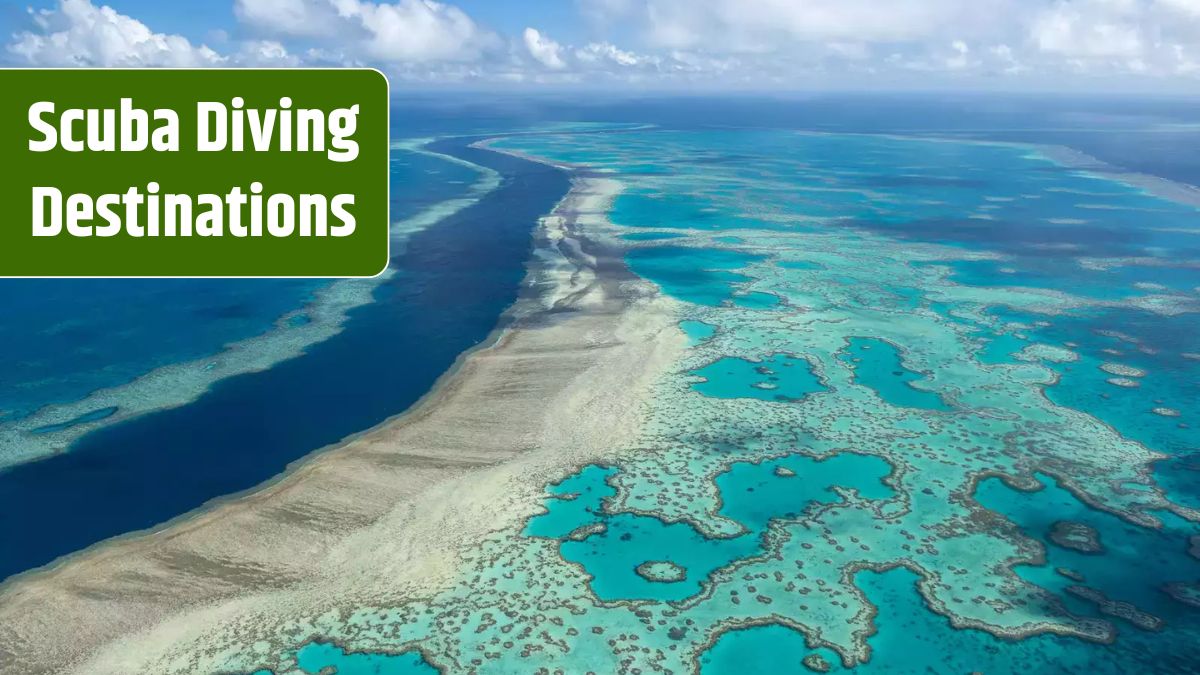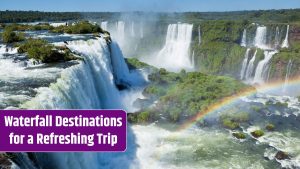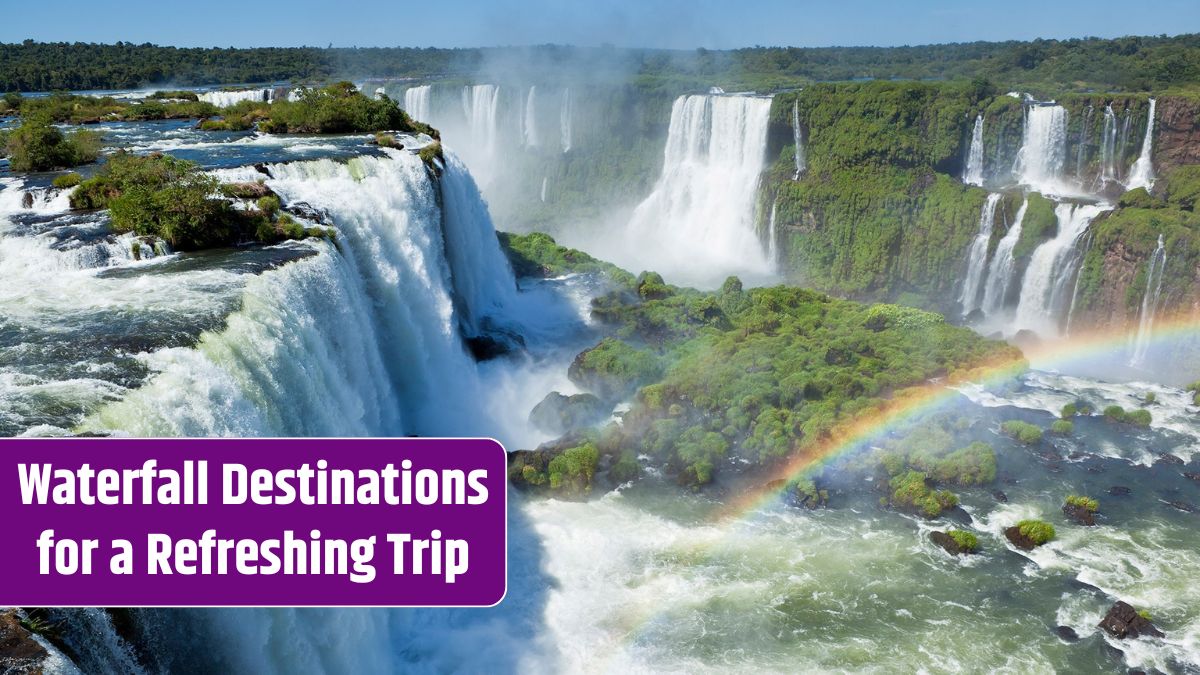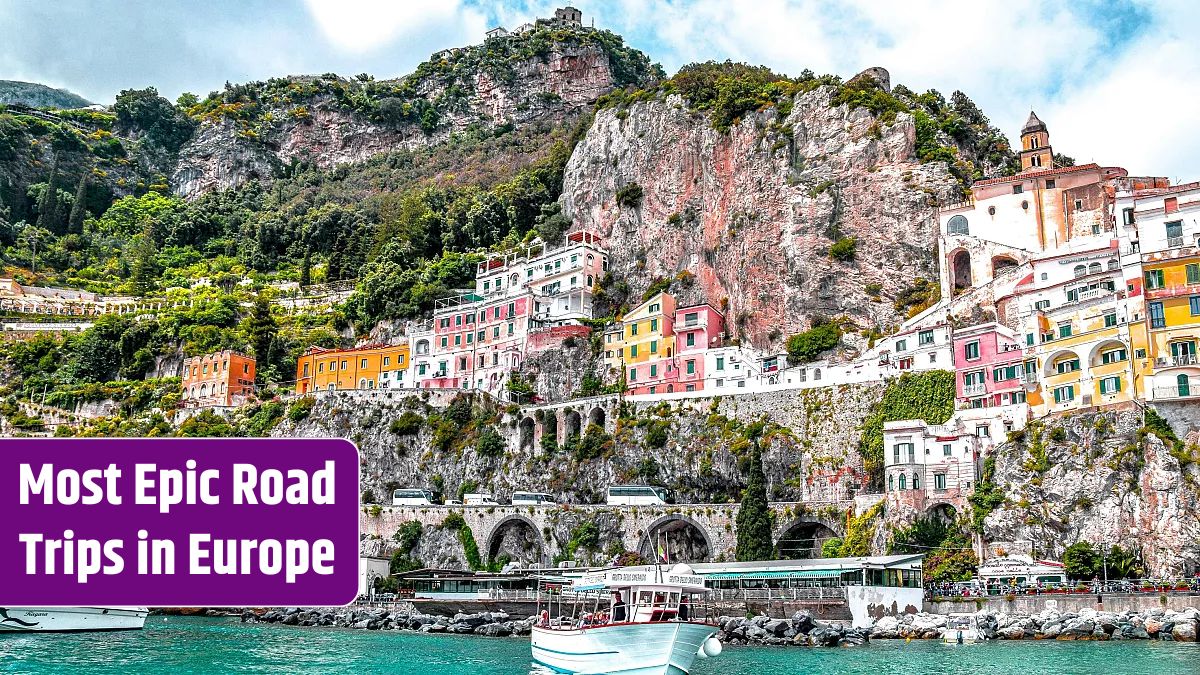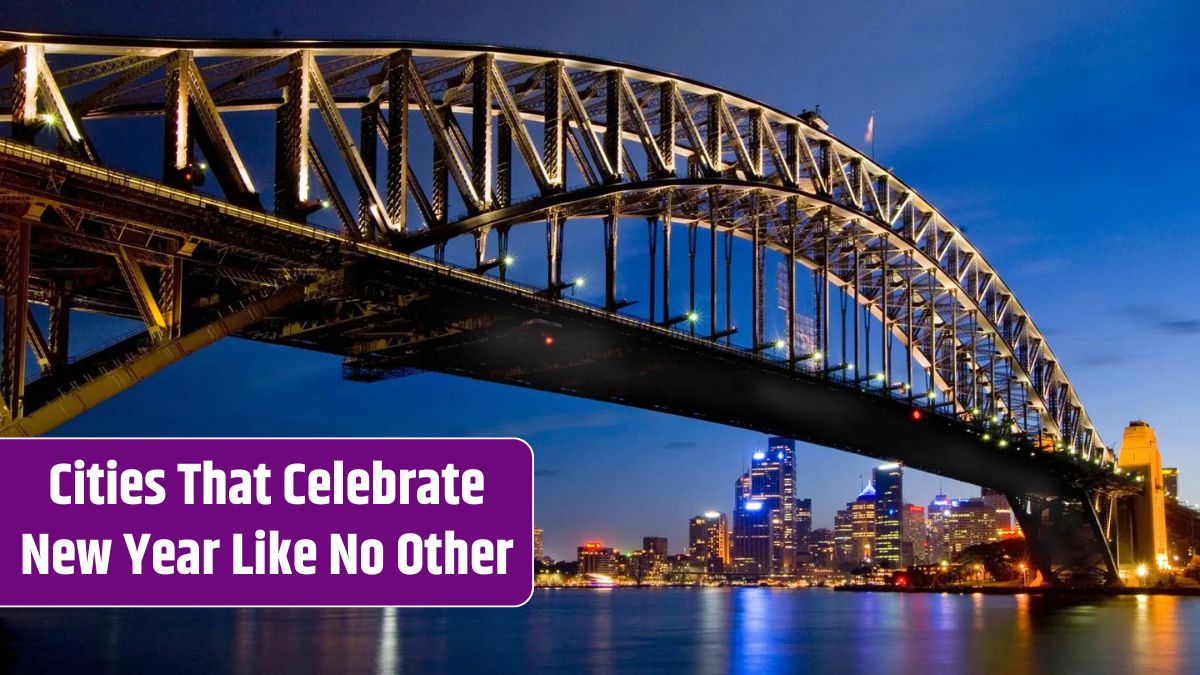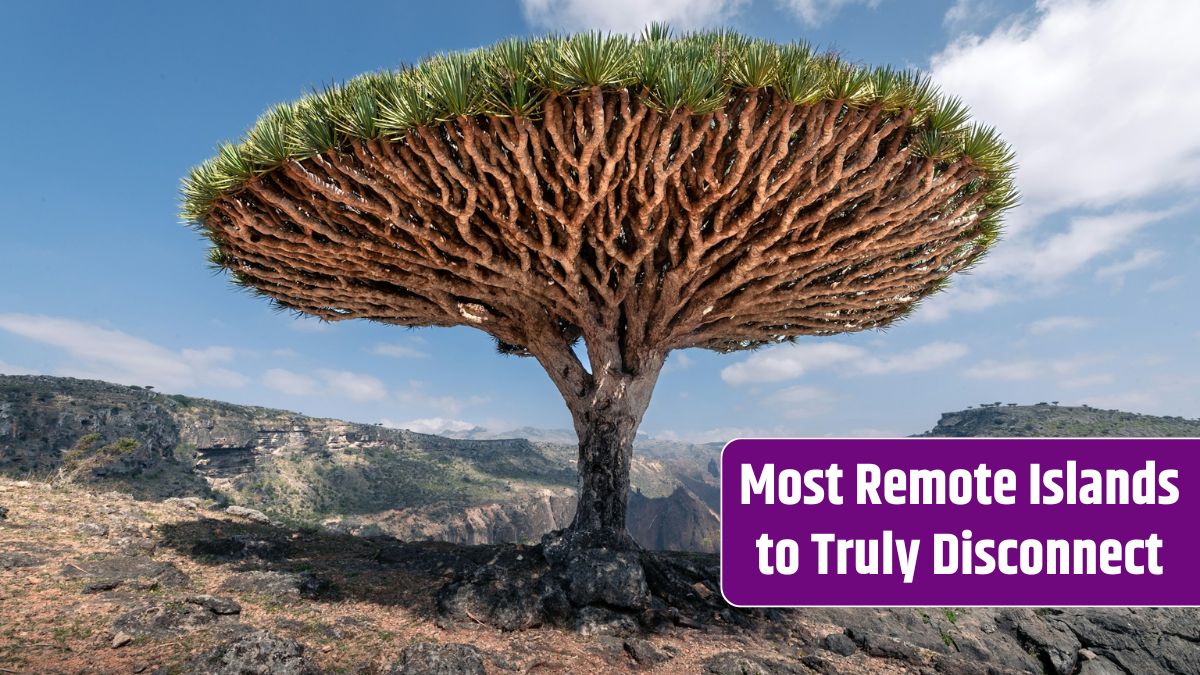For those who love looking into the underwater world, scuba diving is a gateway to vibrant coral reefs, unique marine species, and breathtaking ocean landscapes. Whether you’re an experienced diver or a beginner, these five scuba diving destinations offer unforgettable adventures beneath the waves.
Table of Contents
Great Barrier Reef (Australia)
The Great Barrier Reef, the largest coral reef system on Earth, is a must-visit for divers. Stretching over 2,300 kilometers, it’s home to an unparalleled diversity of marine life.
- Why It’s Famous:
- Stunning coral gardens and marine biodiversity.
- Opportunities to see sea turtles, reef sharks, and colorful fish.
- Access to unique dive sites like the Cod Hole and Ribbon Reefs.
- Best Time to Visit: June to November for clear water and calm seas.
Pro Tip: Consider a liveaboard experience to reach more remote and pristine dive sites.
Blue Hole (Belize)
The Great Blue Hole is an iconic diving site that offers a thrilling experience for advanced divers. This massive underwater sinkhole, surrounded by coral reefs, is one of the most unique diving spots in the world.
- Why It’s Famous:
- The deep, circular sinkhole provides a surreal diving experience.
- Stalactites and formations at depths of over 40 meters.
- Chance to encounter reef sharks and hammerheads.
- Best Time to Visit: April to June for optimal diving conditions.
Pro Tip: Combine your Blue Hole dive with visits to nearby reefs like Lighthouse Reef for a more varied experience.
Raja Ampat (Indonesia)
Raja Ampat is a diver’s paradise, known for its vibrant coral reefs and incredible marine biodiversity. Located in the Coral Triangle, it’s one of the richest ecosystems on the planet.
- Why It’s Famous:
- Over 1,500 species of fish and 600 species of coral.
- Stunning underwater landscapes, including coral gardens and caves.
- Opportunity to see manta rays, pygmy seahorses, and wobbegong sharks.
- Best Time to Visit: October to April for calm waters and visibility.
Pro Tip: Stay at an eco-resort to support local conservation efforts.
Red Sea (Egypt)
The Red Sea is a world-renowned diving destination offering crystal-clear waters, vibrant coral reefs, and fascinating shipwrecks. Sites like Sharm El-Sheikh and Hurghada attract divers from around the globe.
- Why It’s Famous:
- Incredible visibility and warm waters.
- Wreck dives like the SS Thistlegorm.
- Diverse marine life, from dolphins to moray eels.
- Best Time to Visit: March to May and September to November for ideal diving conditions.
Pro Tip: Look into Ras Mohammed National Park for some of the best diving spots in the region.
Galápagos Islands (Ecuador)
The Galápagos Islands offer a unique diving experience with opportunities to encounter large pelagic species. It’s a dream destination for those seeking thrilling underwater adventures.
- Why It’s Famous:
- Hammerhead sharks, whale sharks, and sea lions.
- Dramatic underwater volcanic landscapes.
- Advanced drift diving at sites like Darwin and Wolf Islands.
- Best Time to Visit: June to November for large marine life, or December to May for calmer seas.
Pro Tip: Many dives are for experienced divers, so consider getting certified for advanced or drift diving.
Cost Comparison
Here’s an overview of average costs for diving at these destinations:
| Destination | Diving Package (Per Dive) | Accommodation (Per Night) | Transport |
|---|---|---|---|
| Great Barrier Reef | $100–$300 | $100–$400 | $50–$200 (local flights) |
| Blue Hole, Belize | $150–$300 | $50–$200 | $50–$150 (boats) |
| Raja Ampat | $50–$150 | $100–$300 | $100–$300 (domestic) |
| Red Sea, Egypt | $30–$100 | $50–$200 | $20–$50 (local travel) |
| Galápagos Islands | $200–$400 | $150–$500 | $300–$600 (flights) |
Tips for Scuba Diving
- Choose the Right Season
Visit during peak visibility months for the best diving experience. - Check Your Gear
Ensure your equipment is in good condition or rent from a reputable dive shop. - Know Your Limits
Some sites, like the Blue Hole or Galápagos, require advanced skills—take appropriate certifications. - Protect the Environment
Follow “leave no trace” principles and avoid touching marine life or coral reefs.
From the vibrant coral gardens of Raja Ampat to the thrilling depths of the Blue Hole, these diving destinations promise unforgettable underwater adventures. Dive in and discover the magic beneath the waves!
FAQs
Do I need to be certified to dive at the Great Barrier Reef?
Yes, certification is required for most dives, but beginner tours are available.
Is the Blue Hole suitable for beginners?
No, it’s recommended for advanced divers due to its depth.
What makes Raja Ampat unique?
Its biodiversity, with over 1,500 fish species and stunning coral reefs.
Can I dive year-round in the Red Sea?
Yes, but the best conditions are in spring and autumn.
What’s the best way to reach the Galápagos Islands?
Fly to Ecuador (Quito or Guayaquil) and take a domestic flight to the islands.
